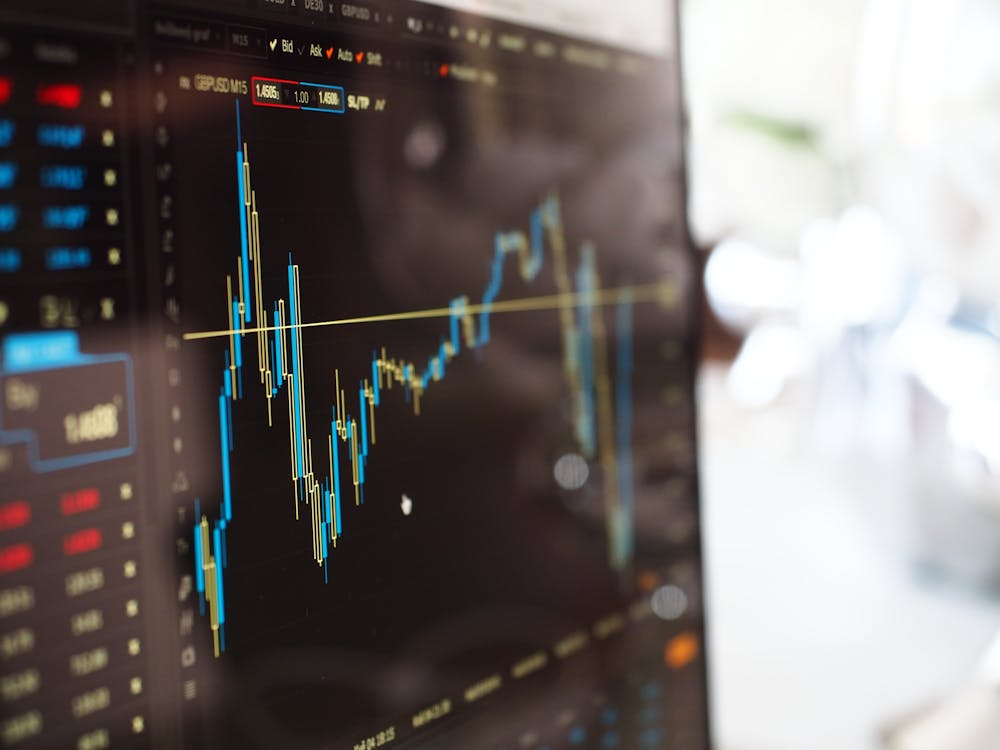A Brief History Of Algorithmic Trading
Author: ChatGPT
February 28, 2023
Introduction
Algorithmic trading, also known as automated trading or algo-trading, is a form of trading that uses computer algorithms to execute trades. It has been around for decades and has become increasingly popular in recent years due to advances in technology and the availability of high-speed internet connections. In this blog post, we will take a look at the history of algorithmic trading and how it has evolved over time.

Early Beginnings
The first recorded use of algorithmic trading dates back to the late 1970s when financial institutions began using computers to execute trades. At the time, these computers were relatively primitive compared to today's standards and were used mainly for basic calculations such as calculating stock prices or executing simple buy/sell orders. However, this was still a major step forward from manual trading which was still the norm at the time.
In the 1980s, algorithmic trading began to gain traction as more sophisticated algorithms were developed that could be used for more complex tasks such as portfolio optimization and risk management. This allowed traders to make more informed decisions about their investments and gave them an edge over their competitors who were still relying on manual methods.

The Rise of High-Frequency Trading
The 1990s saw a major shift in algorithmic trading with the emergence of high-frequency trading (HFT). HFT is a type of algorithmic trading that uses powerful computers and sophisticated algorithms to execute trades at extremely high speeds. This allowed traders to take advantage of small price movements in the markets which would have been impossible with manual methods.
HFT quickly became popular among professional traders who could afford the expensive hardware and software required for it. It also opened up new opportunities for retail traders who could now access HFT through online brokers or specialized platforms such as MetaTrader 4 (MT4).
The Impact of Algorithmic Trading Today
Today, algorithmic trading is an integral part of financial markets around the world. It is estimated that around 70% of all trades on US stock exchanges are executed by algorithms and this number is only expected to grow in the future. Algorithms are also being used in other markets such as foreign exchange (forex) and commodities where they can provide an edge over manual traders due to their speed and accuracy.
Algorithmic trading has had a major impact on financial markets by increasing liquidity, reducing transaction costs, improving market efficiency, and providing greater transparency into pricing information. It has also made it easier for retail traders to access markets that were previously only available to professional investors with deep pockets.

Conclusion
Algorithmic trading has come a long way since its early beginnings in the late 1970s when it was first used by financial institutions for basic calculations such as calculating stock prices or executing simple buy/sell orders. Today, it is an integral part of financial markets around the world with algorithms being used for everything from portfolio optimization and risk management to high-frequency trading (HFT). Algorithms have had a major impact on financial markets by increasing liquidity, reducing transaction costs, improving market efficiency, and providing greater transparency into pricing information – making them an invaluable tool for both professional investors and retail traders alike.
